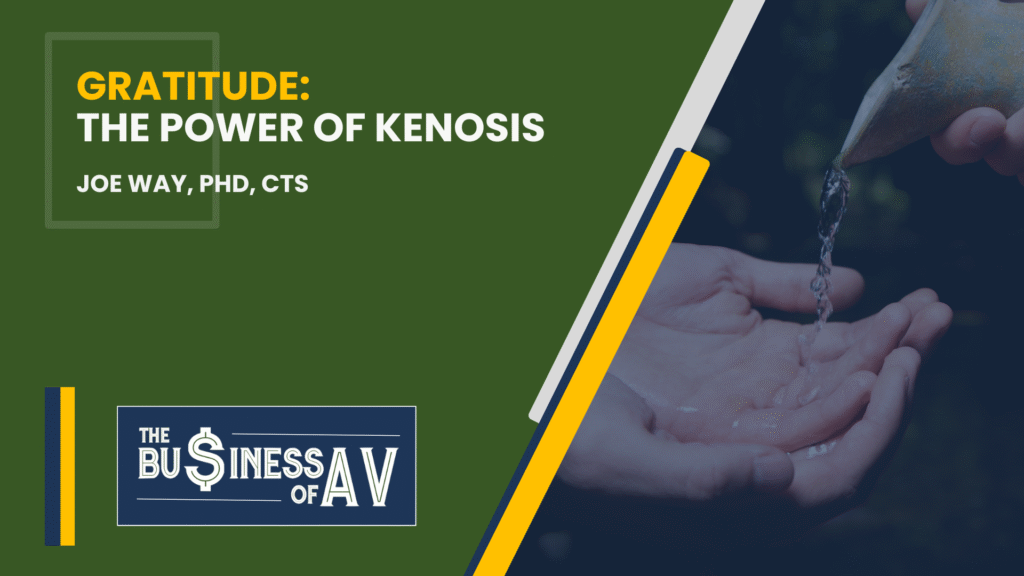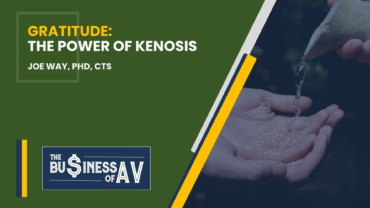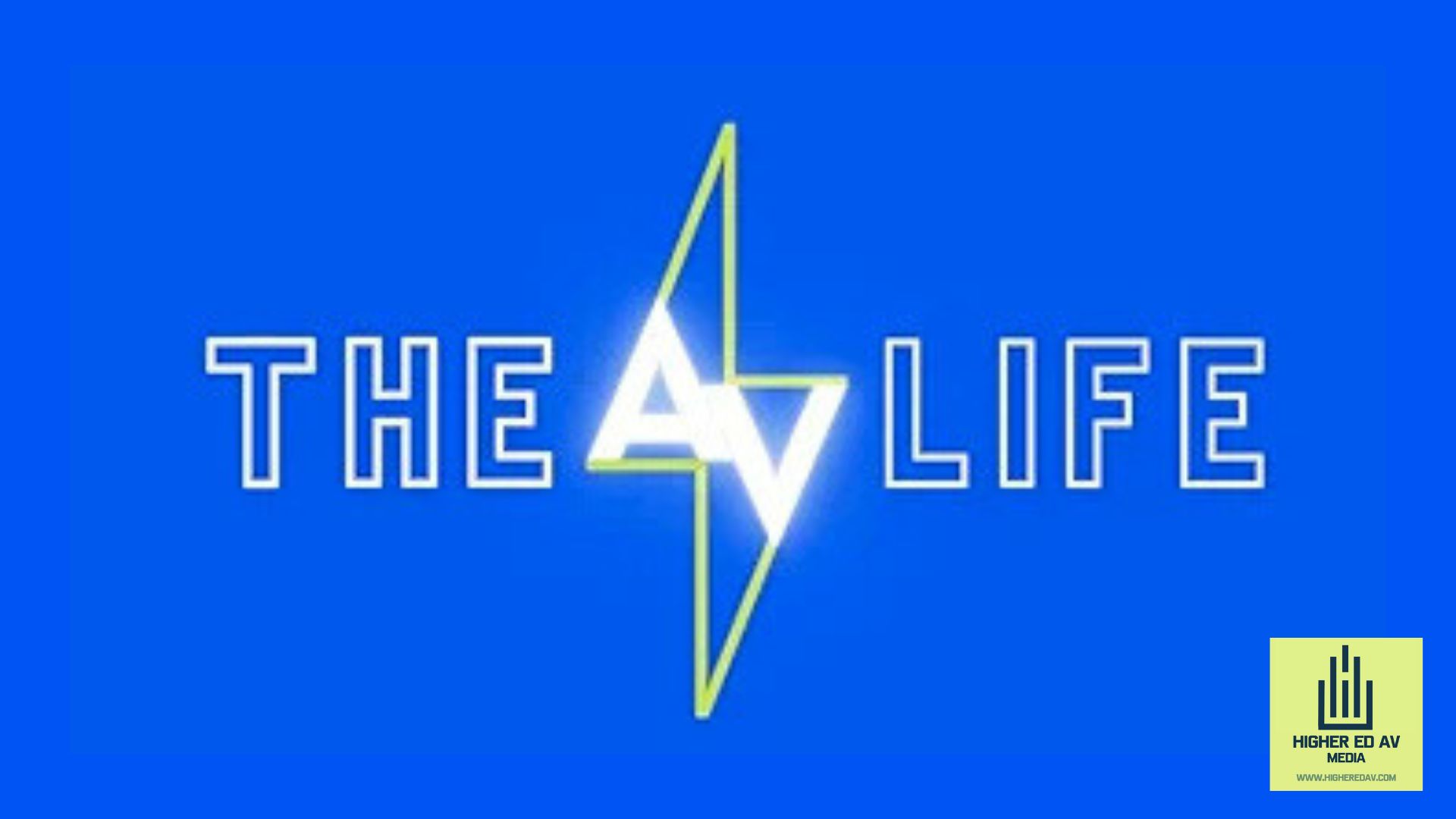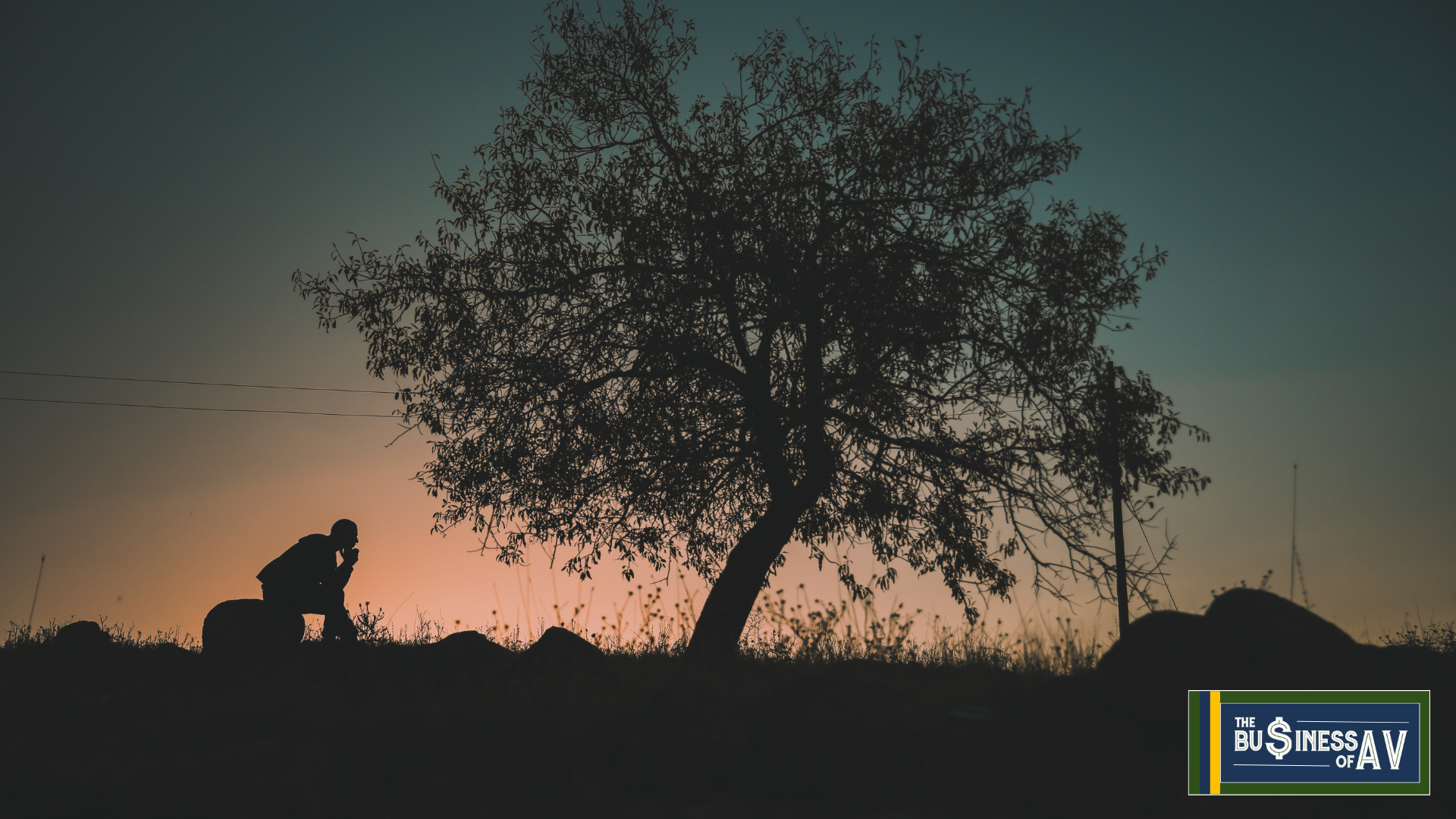Gratitude: The Power of Kenosis
By Joe Way, PhD, CTS
Every November, we talk about gratitude. We post about it, we hashtag it, we even make lists of it. But true gratitude is not a seasonal sentiment; it’s a spiritual discipline and a professional posture. It’s not simply acknowledging what we have, it’s creating room within ourselves, our teams, and our organizations for something greater to emerge. And in that space between abundance and humility lies an ancient concept that might just be the key to deeper leadership in our industry: kenosis.
Kenosis, from the Greek kenóō, means “to empty oneself.” The term comes from Philippians 2:7, where the Apostle Paul writes of Christ, “He emptied himself, taking the very nature of a servant.” Theologians describe this as the self-emptying of divinity, the voluntary surrender of status, privilege, and recognition for the sake of others. It is not weakness, it is strength harnessed for service. It is humility with direction, gratitude in motion. And while the context is sacred, the application is profoundly human.
In the “Business of AV,” and in the higher ed vertical more broadly, kenosis shows up every day, even if we don’t name it. It’s in the technician who spends all night re-imaging how they can rewire a system so the next morning’s class runs smoothly. It’s in the manager who ensures others get credit for the win. It’s in the engineer who solves a problem that no one will ever see or thank them for. Our profession is built on quiet excellence. It’s built on invisible service of sacrifice. Kenosis gives that invisibility meaning. It transforms thankless tasks into acts of gratitude, because every moment of self-emptying becomes an offering that lifts someone else higher.
Yet, we live in a world that prizes visibility. Titles, accolades, recognition are the currencies of modern success. I know I’m guilty of chasing them. It can feel counterintuitive to “empty oneself” in a system that seems to reward the loudest voice in the room. But the paradox of kenosis is that through self-emptying, we actually become fuller. When we pour ourselves into others by mentoring a colleague, supporting a faculty member who’s having difficulty, or empowering our teams for achieve their best, we expand the collective capacity of the whole. Gratitude through kenosis is never about loss, it’s about multiplication.
As leaders, this posture challenges us to rethink how we define success. True leadership is not about accumulation of resources, authority, or influence, but about distribution. It’s about creating space for others to contribute and shine. The kenotic leader doesn’t need to be (nor should be) the center of attention, because they’re too busy building a stage for someone else. They don’t cling to control, because they trust that generosity breeds growth. Gratitude becomes the fuel that sustains that humility. When we recognize the privilege of our position, we can serve from abundance rather than scarcity.
This idea has practical implications in every corner of AV. When we practice kenotic gratitude, we design systems that serve people, not that are just technology installations. We prioritize accessibility, inclusivity, and usability over new-and-flash or complexity. We listen before we speak, and we give credit before we claim it. In project meetings, we seek to understand for the benefit of others. In our vendor relationships, we approach them as collaborators and partners, not as servicers of goods. Gratitude, when lived through kenosis, shifts the center of gravity from me to we.
Likewise, it changes our workplace cultures. A team where gratitude is truly expressed through acts of self-emptying, not just through words is one where leaders share opportunities instead of guarding them, where veterans mentor newcomers, and where every success is viewed as a collective one. That’s how trust is built. That’s how burnout gives way to belonging. Kenosis transforms gratitude from a feeling into a framework and a way of being that infuses how we lead, design, and serve our campus communities.
Practicing gratitude through kenosis also anchors us when challenges come. Projects fail. Budgets tighten. Recognition fades. But gratitude rooted in kenosis isn’t circumstantial, it’s character-based. It’s gratitude that says, “Even if I’m unseen, I’m still part of something meaningful.” It’s the quiet confidence of knowing that your contribution matters precisely because it was given freely and built on the foundation of we. That kind of gratitude is what sustains us.
None of this comes naturally. To practice kenosis, we have to confront our need for control, for affirmation, for certainty. (Note to self.) We have to trust that in the act of letting go, we gain something greater. Indeed, that is the mystery of both faith and leadership… True fullness is found through emptiness. And that paradox sits at the heart of our profession. Every time we mute our own mic so someone else can speak or dim our own light to spotlight another, we are embodying gratitude through kenosis.
So, as we enter this season of thanksgiving, let’s move beyond the checklist of blessings. Let’s practice gratitude that empties itself for others. Let’s be the leaders who pour out knowledge, patience, and encouragement. Let’s be the technicians who find joy in the unseen, the managers who find purpose in the collective, and the professionals who understand that the best organizations happen when the best of us is invested into our people.
Gratitude through kenosis is not a leadership fad, LinkedIn pep-talk meme, or a seasonal virtue, it’s a way of life. It reminds us that humility and service aren’t just good character traits, they’re good business. When we lead from a place of self-emptying gratitude, we don’t just build better systems and organizations, we build better people. In the end, we get better too. And in the end, that’s exactly why we do what we do.
Article inspired by the weekend service message by John Reed at Terra Nova Church in Irvine, CA, on November 1, 2025. View the entire sermon here: https://www.youtube.com/watch?v=_DoGqpFyx78.
Connect with Joe Way:
Web: https://www.josiahway.com
LinkedIn: https://linkedin.com/in/josiahway
X (Formerly Twitter): https://www.x.com/josiahway
Instagram: https://www.instagram.com/josiahway








![brAVe [space] Leading with Heart Tammy Fuqua](https://higheredav.com/wp-content/uploads/2025/12/brAVe-space-Leading-with-Heart-Tammy-Fuqua.png)



